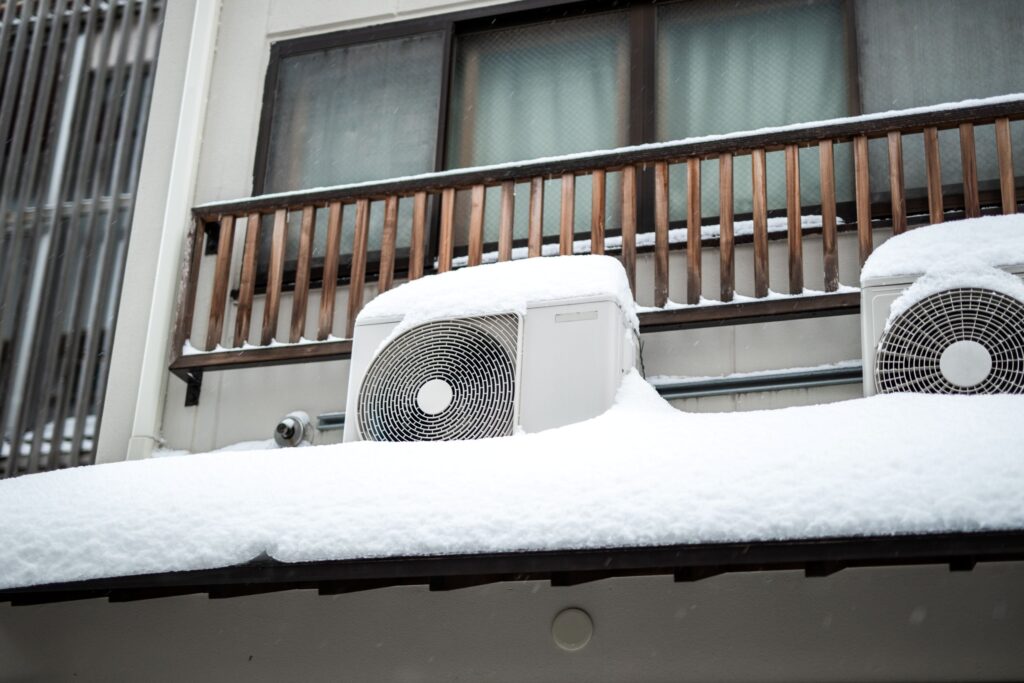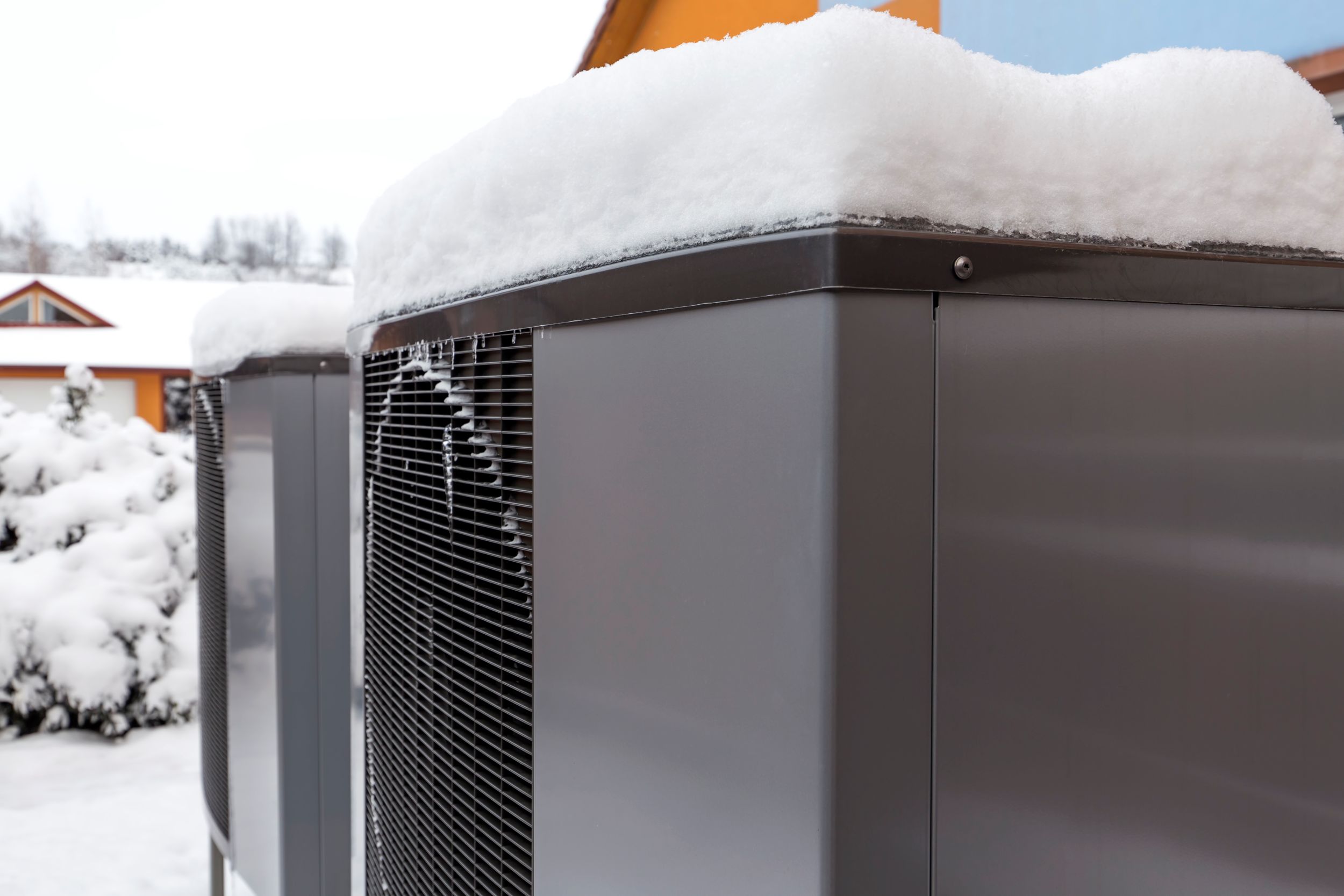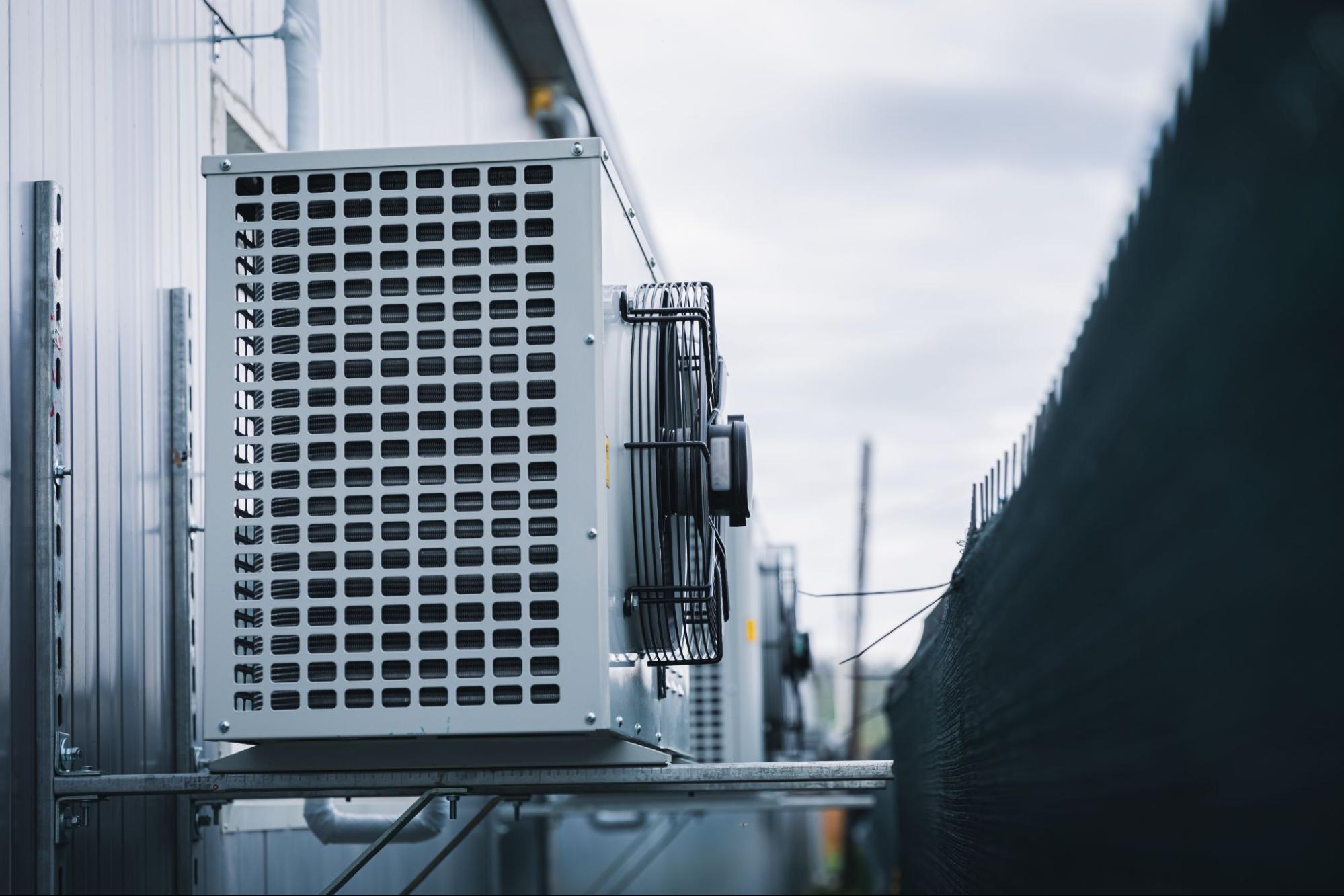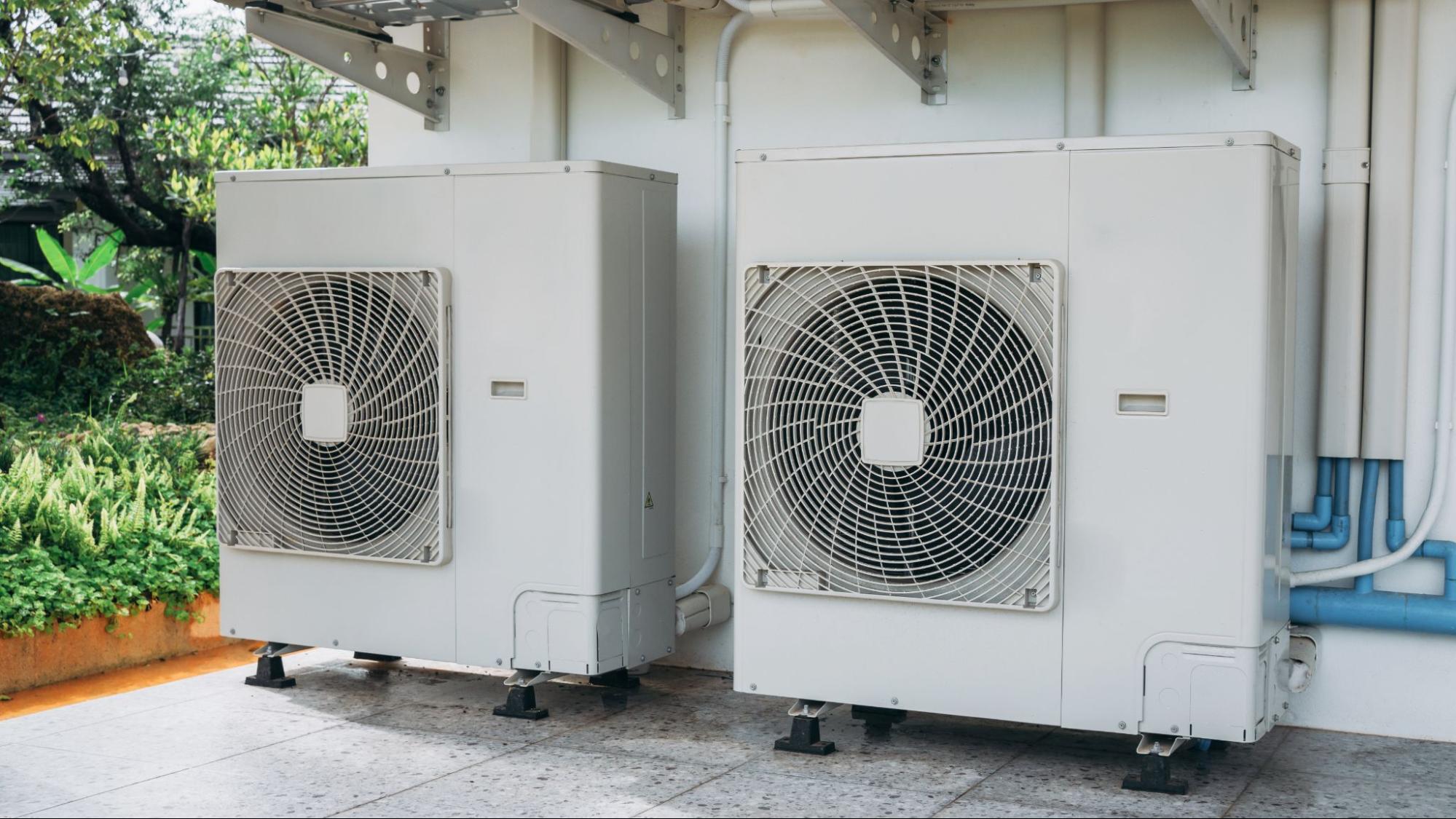When the first chill rolls into St. Clair County, most homeowners have one goal: stay warm. But if your furnace is making strange noises, blowing lukewarm air, or—gulp—not turning on at all, your cozy dreams can go south fast. That’s why getting ahead of the game with furnace repair prep is one of the smartest moves you can make before winter hits full force.
At S&P Heating, we’ve helped countless homeowners avoid the frantic “no heat” calls that flood HVAC companies every November. The secret? Planning ahead. With just a bit of prep and attention to the right warning signs, you can keep your home warm and your stress level low all season long.
Let’s dive into exactly how to prepare for furnace repair, from early warning signs to full-on emergency furnace service backup plans.
Why Furnace Repairs Spike Right Before Winter
Picture this: It’s late October. You flip your thermostat from cool to heat for the first time in months, and nothing happens. Or worse, your furnace turns on and fills your home with the smell of burning dust and a sound like a grumpy old car.
It’s not your imagination. Most heating system failures happen during the first real cold snap of the season. Why? Because that’s when your system is pushed to work harder than it has in months, and any underlying problems that developed during its summer nap finally rear their ugly heads.
The good news? You can sidestep all of that chaos with the right pre-season plan.
Step 1: Schedule a Pre-Winter HVAC Tune-Up
A solid pre-winter HVAC tune-up is your first line of defense against an untimely furnace repair. Ideally, you should schedule this in early fall, before the service calendar gets swamped and snow starts flying.
What your technician will check:
- Burners and ignition system
- Thermostat calibration
- Flue and vent pipe integrity
- Blower components
- Filter condition
- Pilot light issues
- Electrical connections
This routine checkup not only catches problems early but improves system efficiency, which saves you money all winter long.
Step 2: Listen for Warning Signs
Your furnace often tries to warn you before it completely gives up. You just have to know what to listen (and feel) for.
🚩 Red flags to watch for:
- Loud furnace noises (banging, rattling, or high-pitched squeals)
- Uneven heating throughout your home
- Thermostat not responding or delayed cycling
- Faint gas smells or musty air
- Rising energy bills with no lifestyle change
Catch these early, and you might avoid a full breakdown.
Step 3: DIY Maintenance That Makes a Difference
While you should definitely leave the serious stuff to the pros, there are a few simple tasks you can do to extend your system’s life and prevent mid-winter meltdowns.
Change Your Air Filter
This one’s easy and huge. A dirty air filter chokes your system, causes overheating, and reduces airflow. Swap it out every 1–3 months, especially if you have pets or allergies.
Clear Around the Unit
Your furnace needs breathing room. Remove storage boxes, dust buildup, and anything flammable from around your indoor unit.
Test the Thermostat
Don’t wait until it’s 20°F outside. Switch your system to “heat” and make sure your thermostat responds properly. If the room temp doesn’t match what’s displayed, it might need recalibrating—or replacing.
Step 4: Run a Furnace Safety Check
Safety matters, especially when combustion is involved. A seasonal furnace safety check ensures there are no gas leaks, carbon monoxide risks, or ventilation blockages.
Common safety issues to check for:
- Cracked heat exchanger (can cause CO leaks)
- Blocked or damaged flue pipes
- Inconsistent pilot light behavior
- Faulty pressure switches or limit controls
These are NOT DIY fixes—schedule a certified tech to inspect these as part of your seasonal maintenance.
Step 5: Have an Emergency Furnace Service Plan
Let’s face it: Even the most well-maintained system can have a bad day. That’s why it’s smart to plan for emergency furnace service before you need it.
Build your winter HVAC emergency kit:
- Name and number of a trusted local HVAC company
- Portable space heaters (safe, tested, and functional)
- Heavy blankets or sleeping bags
- Weatherproof plastic to seal off drafty rooms
Also, know your system’s model number and service history so techs can diagnose issues quickly if something does go wrong.
Step 6: Don’t Wait for the Cold Snap
The earlier you schedule inspections and tune-ups, the more options you have. Late October and early November are prime times for furnace breakdown prevention.
Why?
- You’ll beat the rush (everyone calls during the first cold week)
- Prices may be lower before peak demand
- There’s time to order parts or schedule follow-ups if repairs are needed
Remember: winter doesn’t wait—and neither should you.
📞 Stay Toasty All Winter Long with S&P Heating

Before the frost sets in, let S&P Heating help you prep your system for the long haul. Our licensed technicians perform full heater inspections in St. Clair County, handle seasonal tune-ups, and offer 24/7 emergency furnace service when you need it most.
Whether you’re looking to prevent issues, address red flags, or just want peace of mind, we’re here for it.
Call today and let’s make furnace season stress-free.
❓FAQ: Furnace Prep Questions You Might Not Have Thought To Ask
Should you turn off your furnace’s pilot light in the spring and summer?
In most modern furnaces, there’s no standing pilot light—it uses electronic ignition, so there’s nothing to turn off. But if you have an older furnace with a manual pilot light, you can turn it off in the off-season to save a little gas and reduce wear. Just make sure you know how to safely relight it in the fall, or better yet, let a professional handle it during your pre-winter HVAC tune-up.
Can a smart thermostat help prevent furnace issues?
Yes, and it’s a smart move—literally. Smart thermostats help regulate consistent heating patterns and alert you if something’s off. For example, if your furnace starts short-cycling or takes too long to reach the set temperature, your thermostat can notify you of the inefficiency. That early warning can help you get ahead of furnace repair before it becomes urgent. Some smart thermostats also monitor indoor humidity and air quality, giving you more control over your comfort.
How can you test for carbon monoxide from your furnace?
Your first line of defense should always be a carbon monoxide detector. Place one near the furnace and in sleeping areas. If you suspect an issue—like symptoms of dizziness, headaches, or nausea when the heat is running—leave the house immediately and call for help. While CO testing is part of a professional furnace safety check, homeowners can also purchase CO test kits or meters for added peace of mind.
🔗 Coming Soon: Insider HVAC Tips You’ll Wish You Knew Sooner!
🛠️ What HVAC Contractors in St. Clair County Want You to Know Before You Upgrade Your System
Upgrading your HVAC setup isn’t just about picking a fancy new unit—it’s about understanding ductwork, sizing, energy codes, and timing. In our next post, we’ll dive into exactly what contractors in St. Clair County wish more homeowners asked before they signed on the dotted line. Trust us, you’ll save time, money, and a whole lot of headaches.
Stay tuned—it’s a game-changer!



